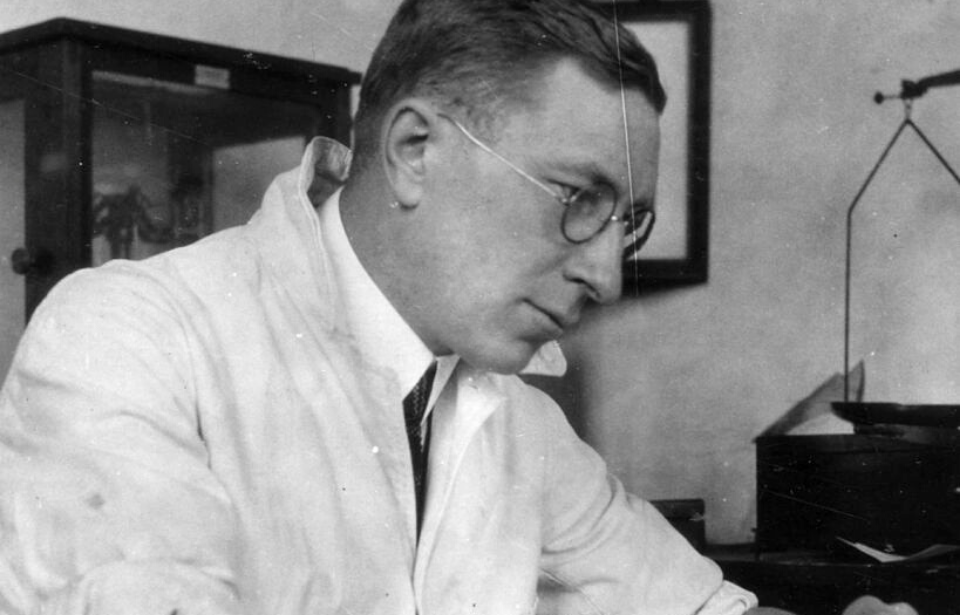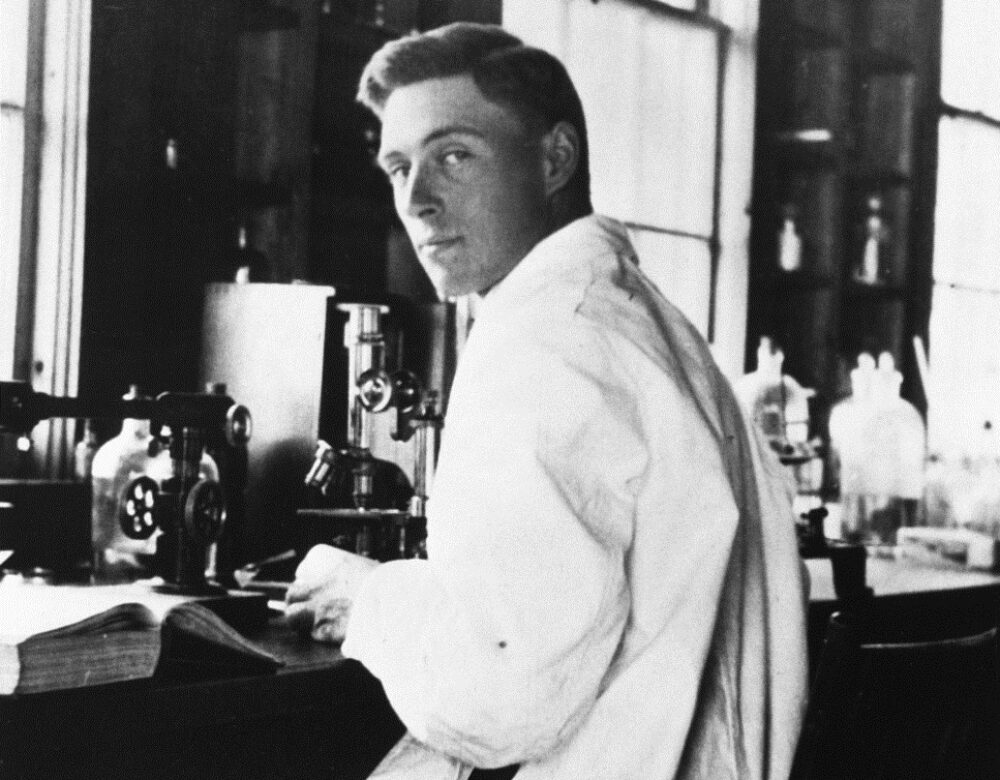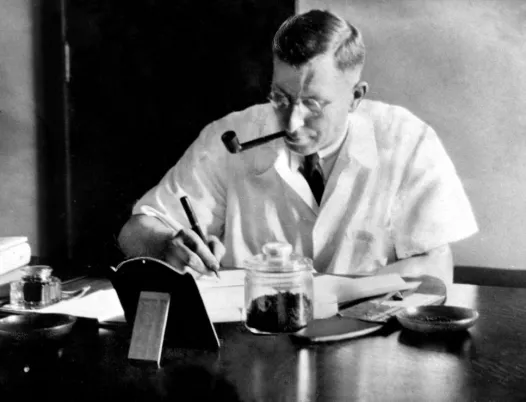Before the early 1920s, a diagnosis of Type 1 diabetes was essentially a death sentence. The disease, which typically struck children and young adults, was untreatable. Patients were often put on starvation diets to extend their lives by mere weeks or months. Families watched helplessly as their loved ones withered away. It was a painful and hopeless time for anyone affected by the disease.

A Young Doctor’s Relentless Pursuit
That changed because of a young Canadian doctor named Frederick Banting. In 1920, Banting had a radical idea. He believed that the pancreas produced a substance that could regulate blood sugar. If he could isolate it, maybe he could find a way to treat diabetes. With little money and no formal lab training, Banting convinced a University of Toronto professor to let him use a small lab and some dogs to begin his research.

Banting worked tirelessly with his assistant, Charles Best. Day and night, they experimented with extracting the mysterious substance from the pancreas of animals. That substance would later be named insulin. After months of trial and error, Banting and Best finally saw their breakthrough.
The First Life Ever Saved by Insulin
In January 1922, the world changed forever. A 14-year-old boy named Leonard Thompson lay in a Toronto hospital bed, dying of diabetes. As a last hope, he was given a dose of the newly discovered insulin. At first, the formula was impure and caused an allergic reaction. But after refining it, a second dose was given. This time, it worked. Leonard’s blood sugar dropped to a safe level. He lived. And he kept living.
Video:
Heritage Minutes: The Discovery of Insulin
That moment wasn’t just a medical success it was a miracle. Insulin had turned a fatal disease into a manageable one. Within months, more patients were being treated. Within years, insulin had become a global treatment, and millions of lives were saved.
Why Dr. Banting Sold the Patent for Just $1
Dr. Banting wasn’t in it for fame or fortune. In fact, when it came time to patent insulin, he made a bold and unusual decision. Rather than cash in, he and his colleagues sold the patent to the University of Toronto for just $1.
Why? Because Banting believed that insulin belonged to the world. “Insulin does not belong to me, it belongs to the world,” he famously said. He didn’t think life-saving medicine should be a commodity. He thought it should be a right.
Video: The Discovery of Insulin – The Miracle – Medical History – Extra History – Part 1
In an age where pharmaceutical profits often dominate the headlines, Banting’s choice still stands as one of the most selfless acts in medical history.
The Legacy That Lives On
Today, millions of people with diabetes are alive thanks to insulin. While the medication has evolved with synthetic and fast-acting forms, its foundation remains rooted in Banting’s original discovery. His name is honored in hospitals, research centers, and even World Diabetes Day, which falls on his birthday November 14.
But more than just science, Banting’s legacy reminds us of something deeper. It reminds us that great advances in medicine are not just about the “how,” but also the “why.” Banting didn’t just discover a treatment. He gave it freely to the world, guided by compassion rather than profit.

A Humble Hero Who Transformed Lives
It’s rare to find someone who changes the course of human health and asks for nothing in return. Dr. Frederick Banting wasn’t seeking wealth. He was chasing a cure. And in doing so, he gave hope to millions and became a symbol of what science can achieve when guided by empathy and integrity.
Whether you live with diabetes, know someone who does, or are simply moved by stories of human kindness, Banting’s story is one that inspires. It’s a story of grit, generosity, and a belief that medicine should serve humanity not the other way around.


